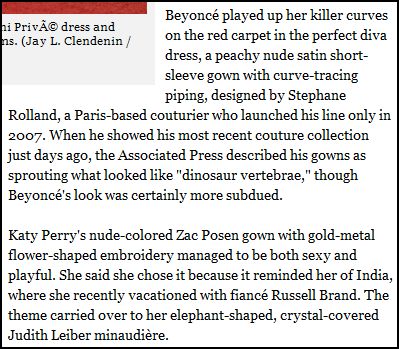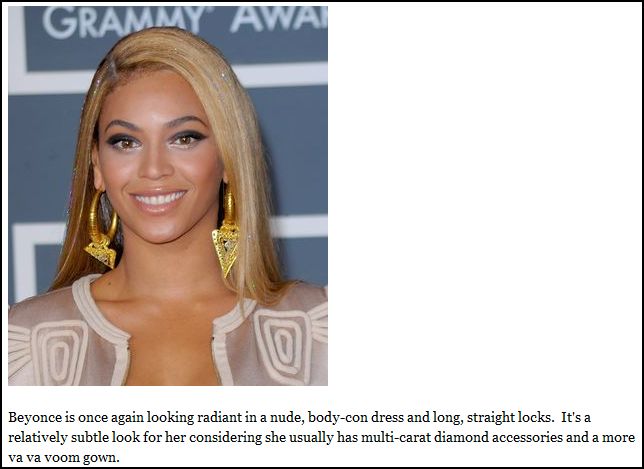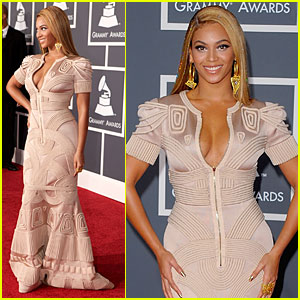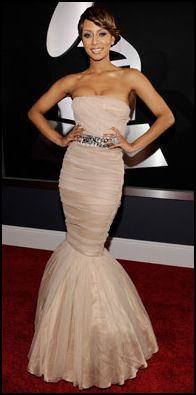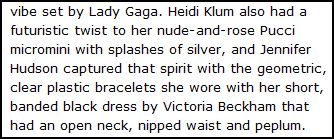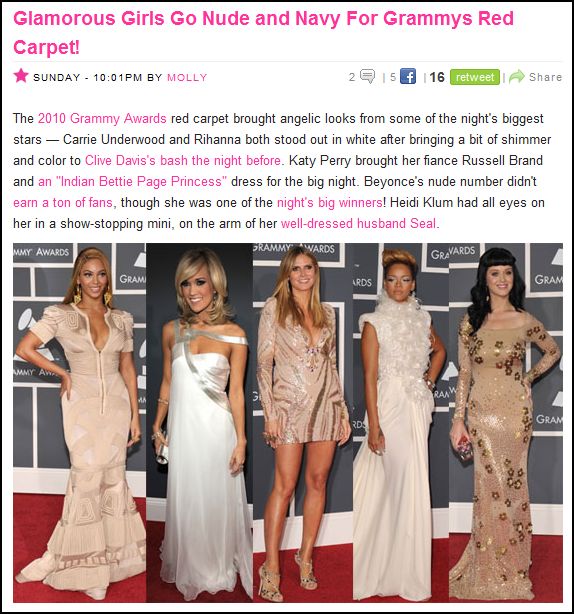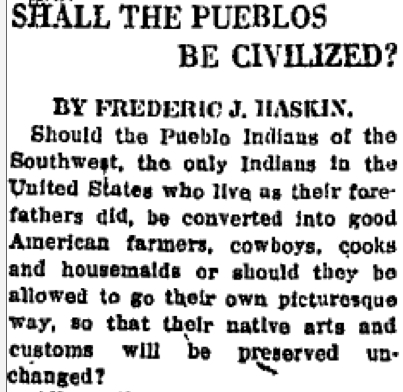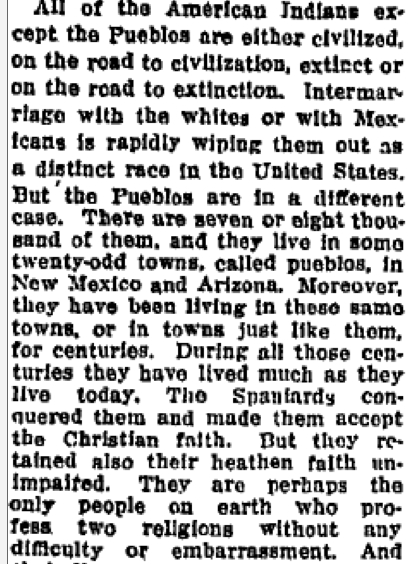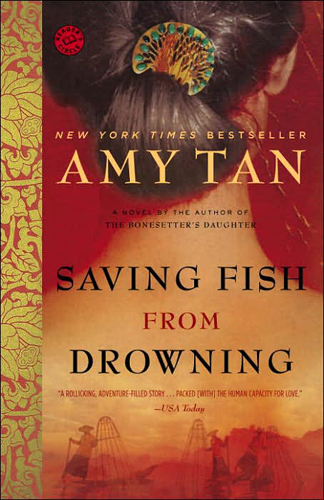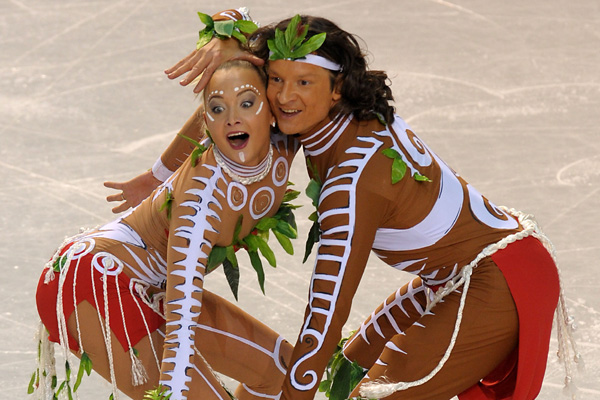Below are three examples of the caricature of Jews promoted by Nazi Germany. I borrowed them from this collection, where you can find many more if you scroll to the bottom (thanks to Kat, monosonic, and Lisa for the translations!).
“The Eternal Jew”:
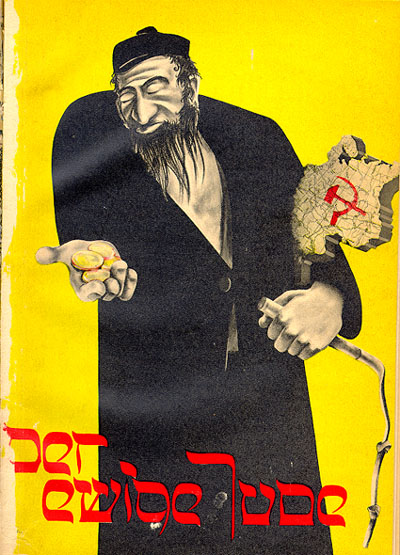
“The Eternal Jew”:

Jews- make wars longer, start wars:
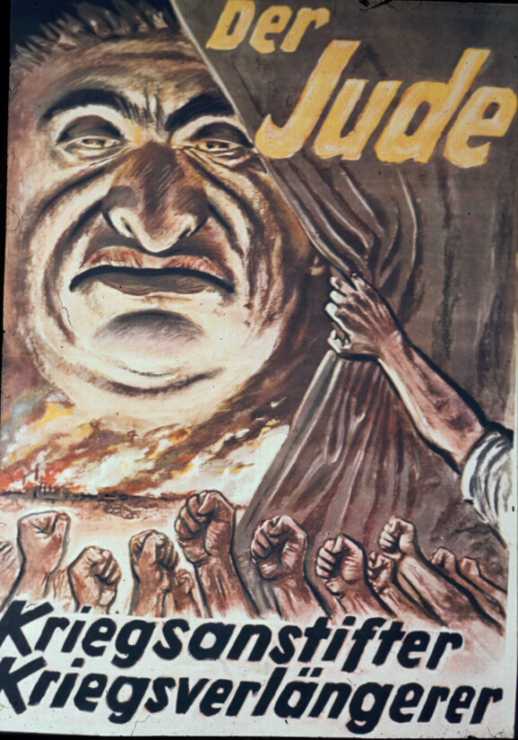
See our other posts on Nazi Germany: comparing German remembrance of the Holocaust and U.S. remembrance of slavery, Nazi symbolism, Nazi celebration of motherhood, the racialization of the Jews, Jim Crow-like segregation during the Nazi regime, and this sympathetic memorabilia website.
Lisa Wade, PhD is an Associate Professor at Tulane University. She is the author of American Hookup, a book about college sexual culture; a textbook about gender; and a forthcoming introductory text: Terrible Magnificent Sociology. You can follow her on Twitter and Instagram.

